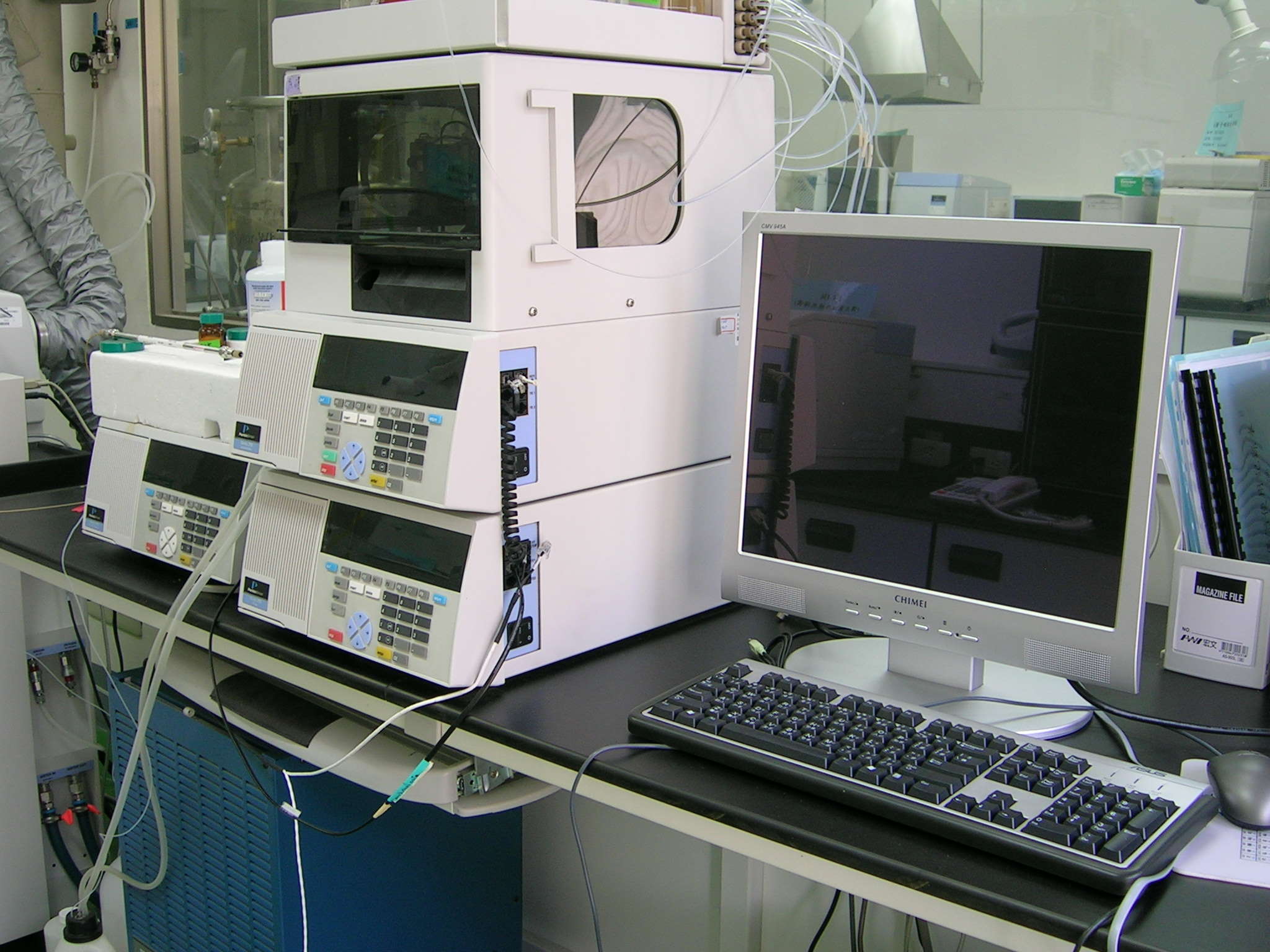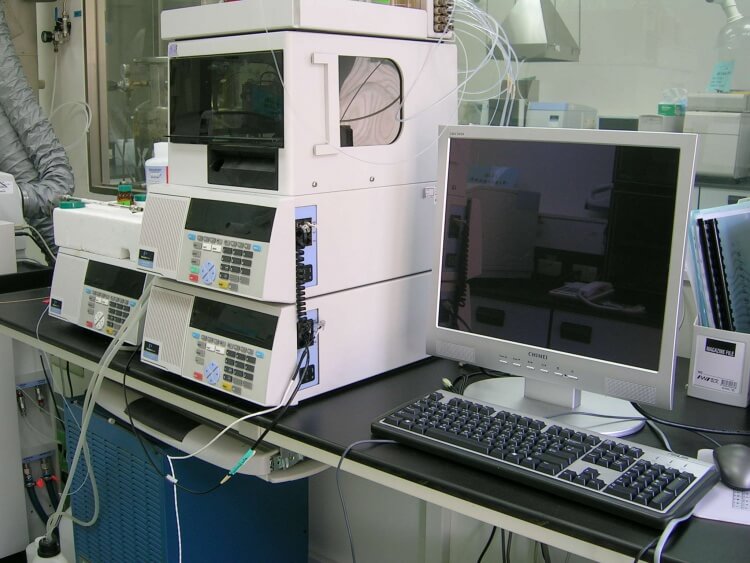
Q: “I’m considering using an analytical lab for steroid testing. I see there are various kinds of test like HPLC-UV and GC/MS. Can you tell me about them, and which should I use?”
A: In contrast to colorimetric tests (Labmax), which show some chemical effects when mixtures are applied to them, HPLC-UV and GC/MS attempt to separate mixtures into their individual components and then measure properties of those components. This is a much more reliable from of testing.
In the case of GC/MS, results typically are conclusive. Identifications are positive with essentially no chance of the compound being anything different, except perhaps being another optical isomer (not relevant to anabolic steroids.) What happens in this type of analysis is first the compound comes off the GC column at the correct time, and then secondly a mass spectrum “fingerprint” gives positive ID.
GC/MS is typically not quantitative, or in other words amounts are not measured, so it’s not usually a way to see if a product is correctly dosed.
In the case of HPLC-UV, again if the compound is correct it will come off the column at the expected time, but no fingerprint is taken, only the amount of absorption. So this is a good test for quantitation, but there remains the possibility that the compound could be a different one which happens to come off the column at the same time. In the case of anabolic steroid testing, it’s a low risk that a product might be counterfeit yet come off (elute from) the column at the correct time.
What can be a disadvantage sometimes of both HPLC-UV and GC/MS is that the lab will determine the substance they are testing, as that’s what you’re paying for. (It is not ordinary to provide only the raw data with no interpretation.) They might not be comfortable with an individual sending them controlled substances and then informing the individual that his drugs are good. Or conceivably they might even report the matter.

About the author
Bill Roberts is an internationally-recognized expert on anabolic steroids and performance-enhancing drugs (PEDs). He received a bachelor degree in Microbiology and Cell Science and completed the educational and research requirements for a PhD in Medicinal Chemistry at a major American university.
Bill entered the nutritional supplement industry prior to completing his doctoral thesis but his education was invaluable so far as being able to design/improve nutritional supplement compounds, since it was in the field of designing drug molecules and secondarily some work in transdermal delivery.
His education was not specifically "geared" toward anabolic steroids other than expertise with pharmacological principles having broad applications. This has allowed Bill to provide unique insight into the field of anabolic pharmacology with knowledge of points which he would not have known otherwise.
In my experience, unfortunately, contracting a private lab with HPLC capabilities is prohibitively expensive.
Hi Bill,
I have been looking at Benchtop NMR spectrometers and see that they are rather affordable. Could a novice (with a little training) use one of these to identify and quantify steroid powders?
There are some vendors claiming that they can perform a quantitative GC-MS analysis, although your article states that this is not possible (probable?). Can you elaborate on this point? Under what circumstances would a quantitative GC-MS analysis be possible?
Thank you in advance for your response.
Regards,
-DW